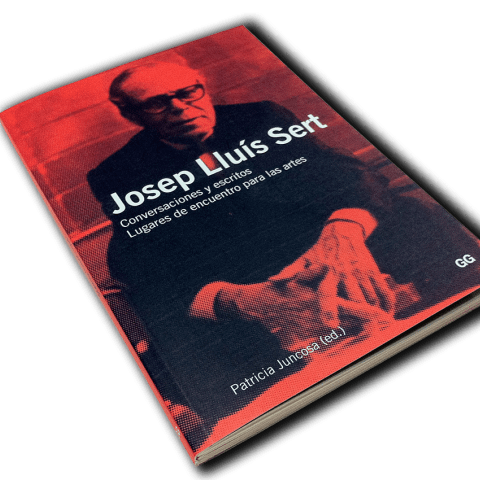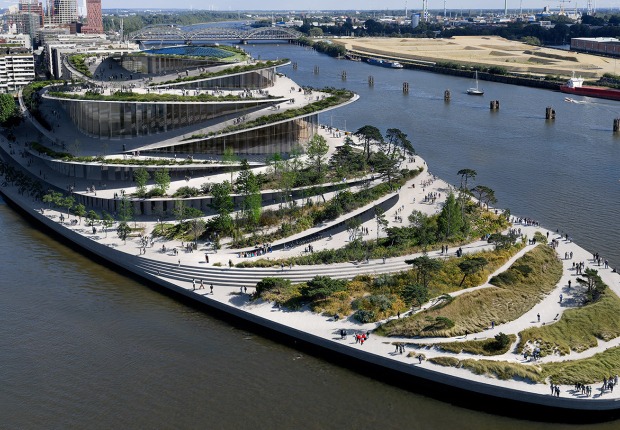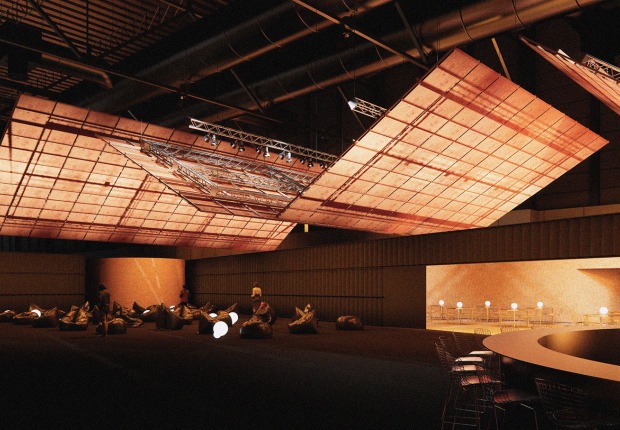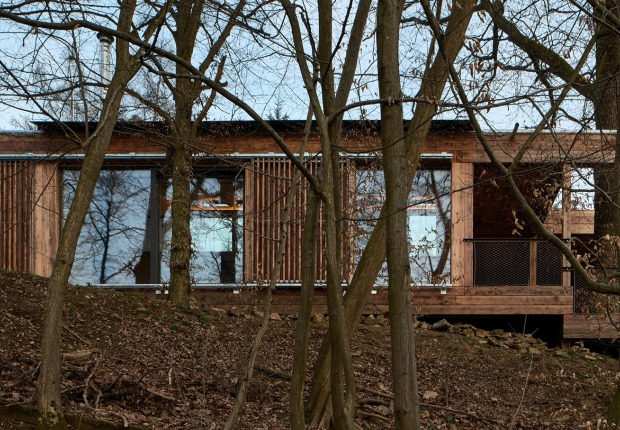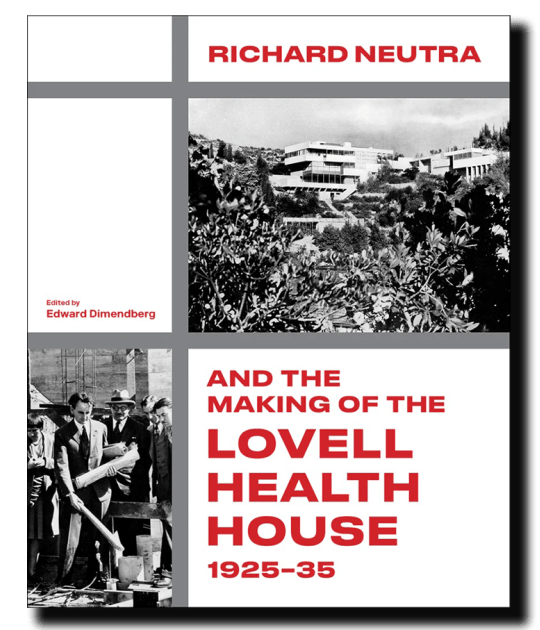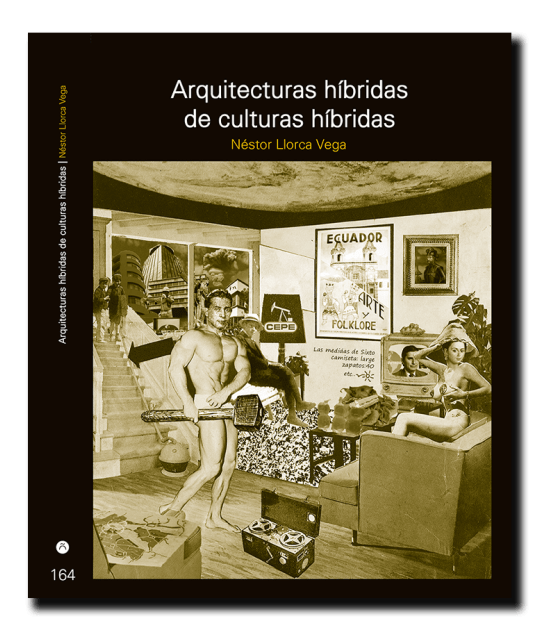Josep Lluís Sert siempre always felt very close to the art world and defended an intellectual synthesis between architecture and graphic art. Throughout his life, the relationship between landscape, architecture and objet d’art was a fundamental key to the development of his work.
This book brings together a series of texts that illustrate Sert’s thinking and the integration between architecture and art and give an account of his relationship with well-known figures in the art world such as Joan Miró, Alexander Calder or Pablo Picasso. The texts are preceded by a conversation in which Sert looks back on his personal and professional paths as well as the transcript of his speech in the symposium held in The Museum of Modern Art, in 1951. Both texts profile his principal ideas that, over time, will become representative of his work.
JOSEP LLUÍS SERT. Conversaciones y escritos. Lugares de encuentro para las artes.
Editorial Gustavo Gili.
Author: Patricia Juncosa.
Release Date: 2011
Format: 14 x 20 cm
Features: 96 pages, Rustica.
Language: Spanish
ISBN: 9788425224089
Shop Price: 15,00 euros.
Patricia Juncosa Vecchierini is the author of the doctoral thesis ‘De lo anónimo en lo construido. Primitivismo y Modernidad en el espacio de Miró y Sert’ presented at the Escuela Técnica Superior de Arquitectura Barcelona in 2002. She has continued to research the relationship between Joan Miró and Josep Lluís Sert using Miró and Sert’s own words in publications. Correspondencia 1937-1980 (CENDEAC, Murcia, 2009) and the catalogue of the exhibition Miró, Sert. La construcció d’una amistat (Fundació Pilar i Joan Miró, Mallorca, 2007). She currently resides in New York where she has worked with the curator Paola Antonelli in the Department of Architecture and Design at the MoMA organising the following exhibitions: Action! Design Over Time (2010-2011); Ron Arad: No Discipline (2009); Rough Cut: Design Takes a Sharp Edge (2008-2009); Design and the Elastic Mind (2008); SAFE: Design Takes On Risk (2005-2006); and Humble Masterpieces (2004).
